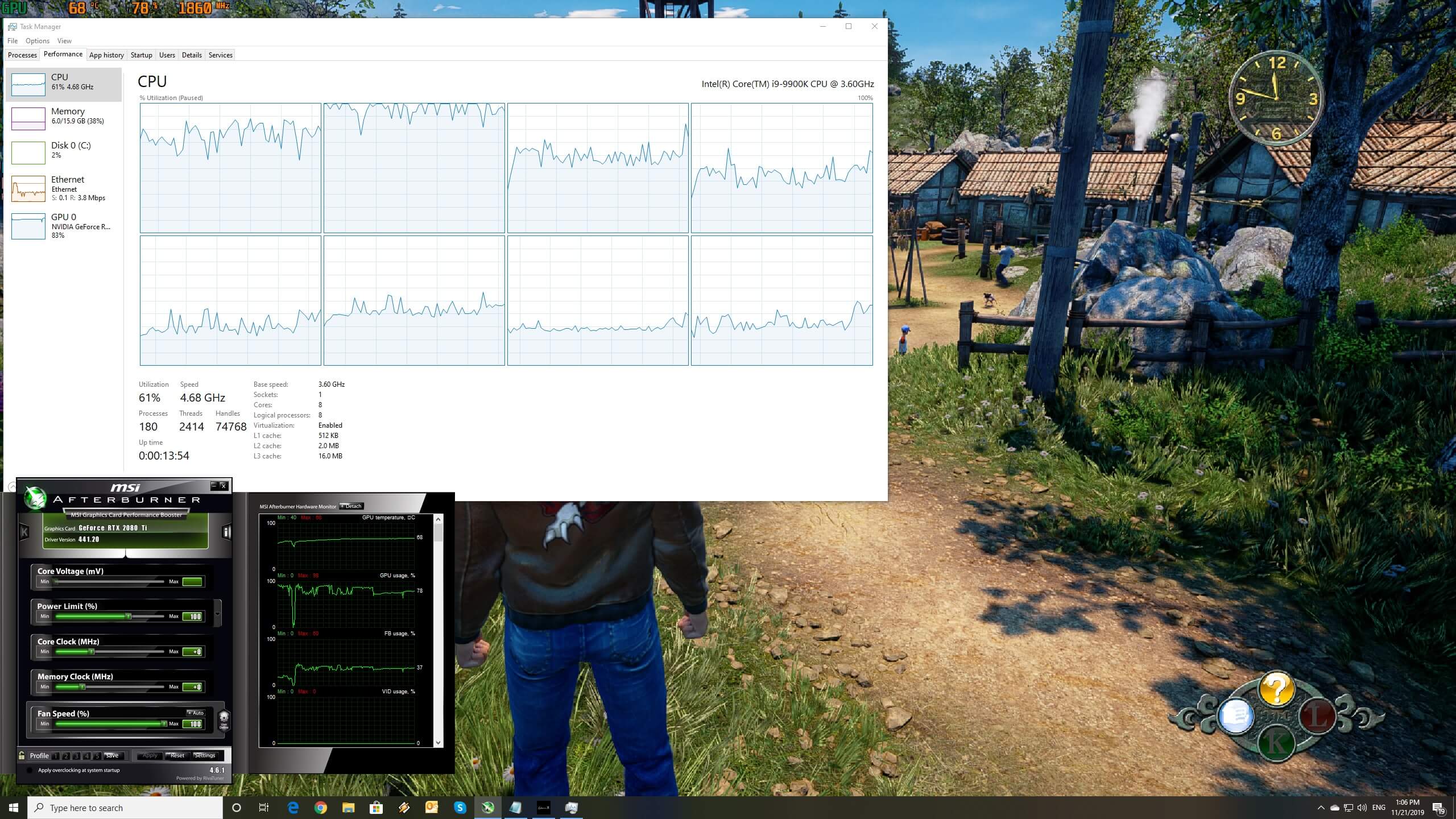

Instead, they feel like spaces to master. Each of the maps feels distinct, and even though there are only a handful of arena maps and a handful of big team battle maps, they have yet to feel repetitive. On the other hand, Highpower and Deadlock are very obviously designed for Big Team Battle (up to 24v24). Maps like Bazaar, Live Fire, and Recharge are very specifically for the arena playlist, which hosts 4v4 matches. The map pool consists of 10 maps, with many made specifically with one game mode in mind. Halo Infinite does play like other shooters (pic: Microsoft)

It’s debatable it’s even too long, with firefights lasting more than several seconds sometimes. In a world where most games are trying to reach seemingly lightning-fast kill times, Halo Infinite has swung hard in the other direction. This harkens back to older Halos, and it’s an interesting choice in the modern era. Using these guns feels fair for the most part, because it feeds into one of Halo Infinite’s most distinct aspects: a long time-to-kill. 343 have really found a nice toybox here with the weapons, offering a lot of different styles on the fly throughout a match. And it’s one of the most satisfying kills you can get in the game. It impales enemies, but also vehicles with an enormous spike. There is also the hilarious new harpoon power weapon, the Skewer. The Cindershot is a grenade launcher that is frightening to be hit by, the Heatwave is a bizarro shotgun that can fire pellets both horizontally or vertically, while the Disruptor is a quiet monster – eviscerating shields with electric tick damage. However, Halo Infinite’s arsenal also shines with its newer additions. The rocket launcher is still king of the power weapons, a battle rifle remains the connoisseur’s choice of primary, and a sniper… well, it’s a Halo sniper. For the returning weapons, the auto rifle feels as viable as it ever has and the pistol feels like a snappy headshot machine. Speaking of, there is a really diverse set of weapons here, with returning classics but also plenty of new ideas. These are resources to be fought over in the same way as power weapons. However, because these items don’t spawn with you, and have to be picked up off the map, they feel rarer and more impactful. That last one can cause some real hilarity if used ingeniously, often sending players helplessly flying off the map. It’s all moved away from earlier games where every Spartan was equal and could only use, say, active camo if picked up somewhere on the map. They’ve been shuffled around in how they are used in every release since. Since Halo: Reach, 343 have felt like they’ve been trying to figure out what to do with abilities. For example, abilities and power-ups are much less frequent. It does have its own distinct identity, that feels like it’s trying to capture elements of Bungie’s original trilogy. Halo Infinite isn’t just a retread of Halo 5. The gunplay may not be quite up to the standard of Bungie era Halo but it’s very close, and plays a purposefully different style of game. It makes for a combat experience that just feels great, and a smart evolution of what came in the last game. The guns feel powerful and responsive, all propped up by an audio design that is doing a ton of lifting.

Halo Infinite’s combat still has this same rough and tumble, crunchy aspect to it. However, that game’s multiplayer was deeply underrated and what made it pop was its sense of snappy immediacy. While this will likely disappoint Halo 3 fans, the closest counterpart is Halo 5.

Due to the evolving nature of Halo’s combat since its inception, many players will be curious about what era of Halo this most closely resembles.


 0 kommentar(er)
0 kommentar(er)
